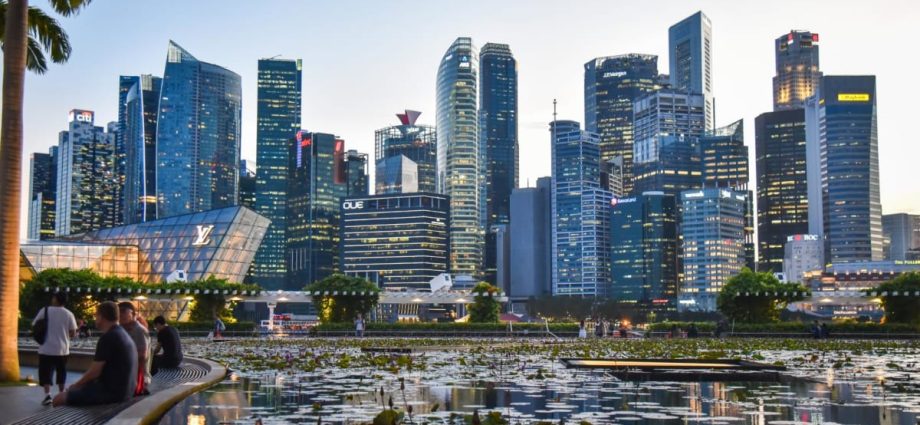
IMPORT PRICES DECLINED
MAS and MTI noted that global supply chain frictions have eased.
“Consumer goods inflation in the advanced economies has moderated, even as overall core inflation is still high. Energy and food commodity prices have fallen below their peaks seen last year,” they added.
“As a result, Singapore’s import prices have declined on year-on-year terms.”
Locally, unit labour costs are expected to rise further in the near term and businesses are expected to continue to pass through accumulated labour costs to consumer prices. This will happen at a “more moderate pace” amid a slowdown in domestic activity, said MAS and MTI.
Core inflation is expected to stay elevated in the next few months, the authorities noted.
It will remain on a “broad moderating path”, before slowing more discernibly in the second half of this year as imported inflation falls further and the domestic labour market eases.
“Meanwhile, with the increase in COE (Certificate of Entitlement) quota and ramp-up in the supply of housing units available for rental, private transport and accommodation inflation are expected to moderate over the course of the year,” said MAS and MTI.
For 2023 as a whole, the authorities’ forecasts remain unchanged for headline and core inflation. Headline inflation is projected to average 5.5 per cent to 6.5 per cent, while core inflation is expected to average 3.5 per cent to 4.5 per cent.
Excluding the transitory effects of the 1 percentage point increase in the Goods and Services Tax to 8 per cent, headline inflation is expected to come in at 4.5 per cent to 5.5 per cent. Core inflation is projected to come in at 2.5 per cent to 3.5 per cent.
“Upside risks remain, including from fresh shocks to global commodity prices and more persistent-than-expected tightness in the domestic labour market,” said MAS and MTI.
“At the same time, there are also downside risks such as a sharper-than-projected downturn in the advanced economies which could induce a general easing of inflationary pressures.”

